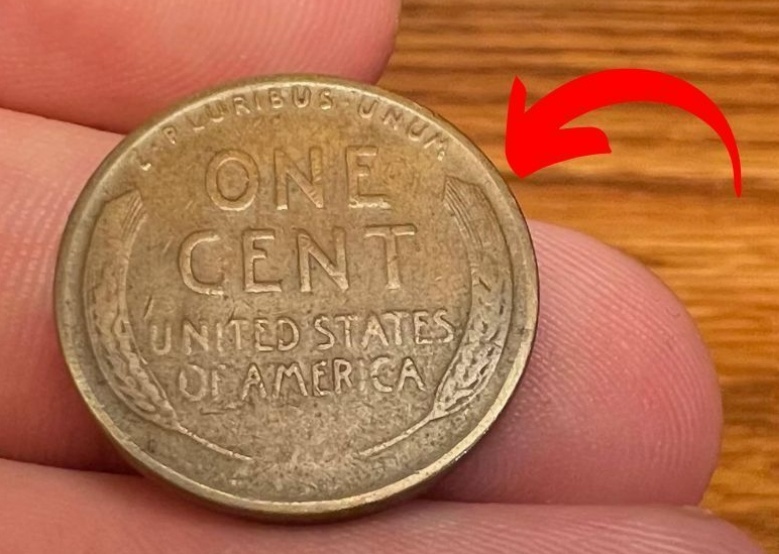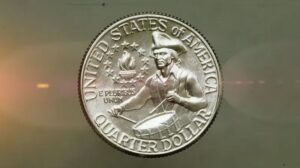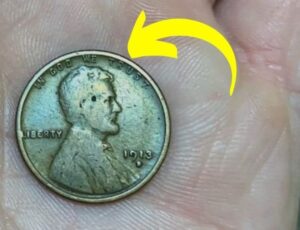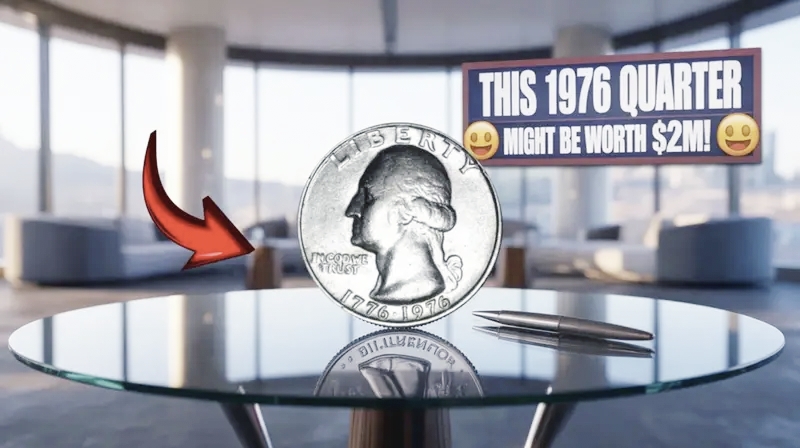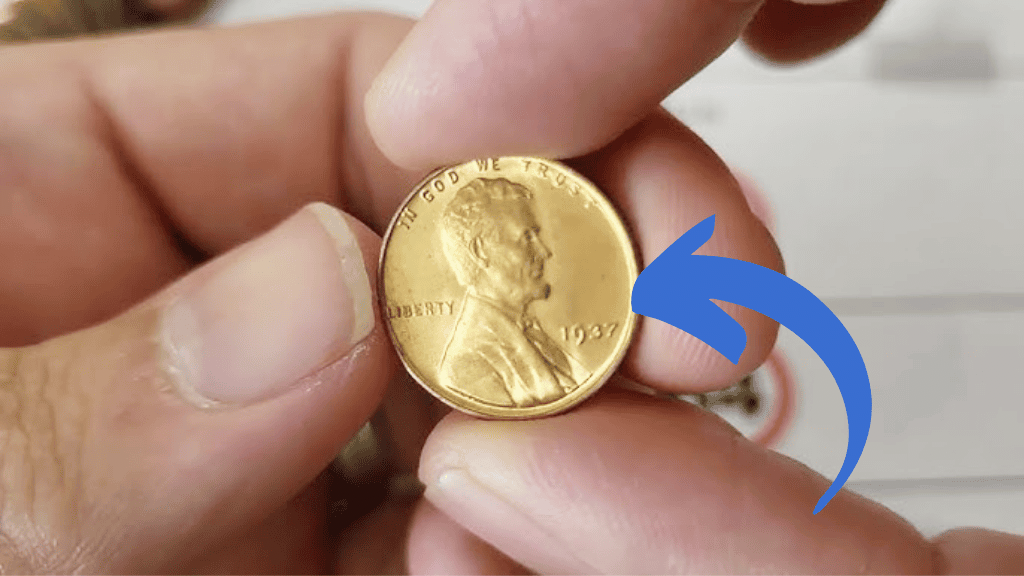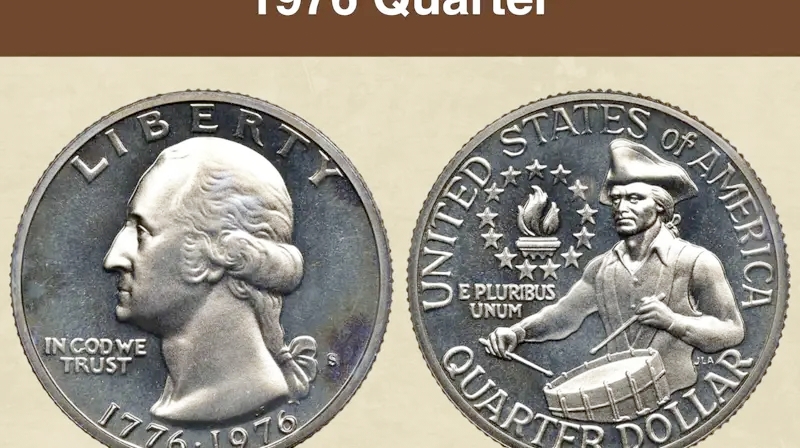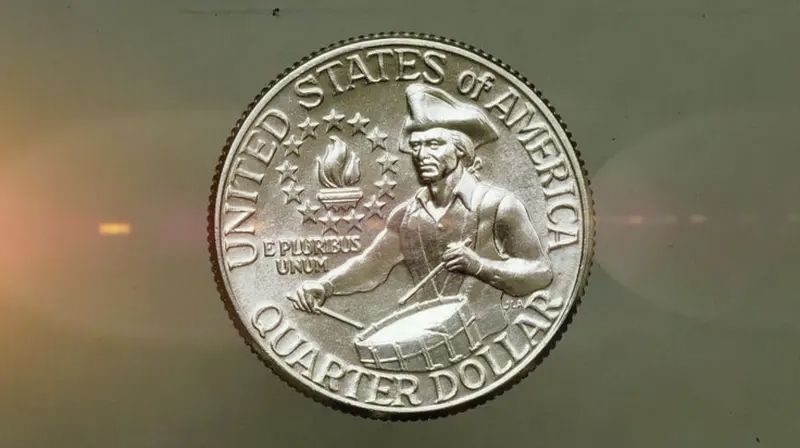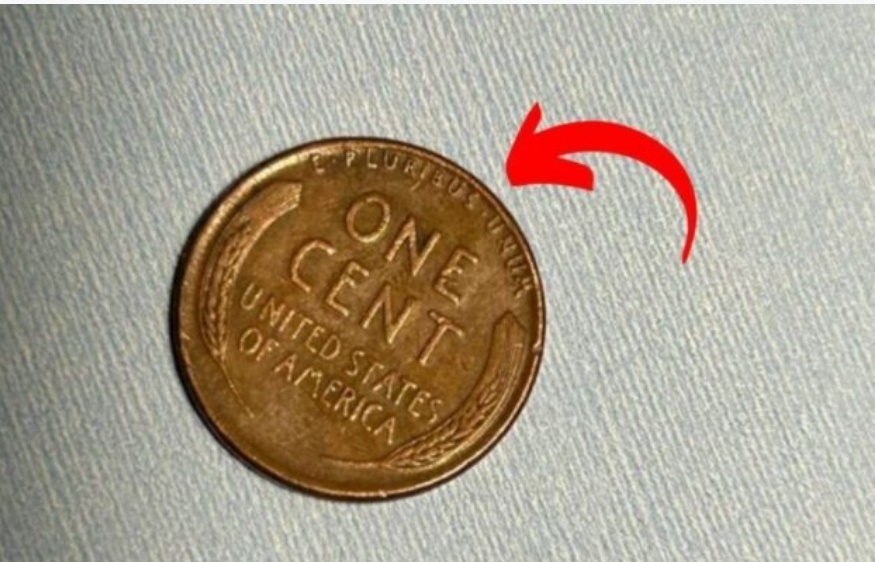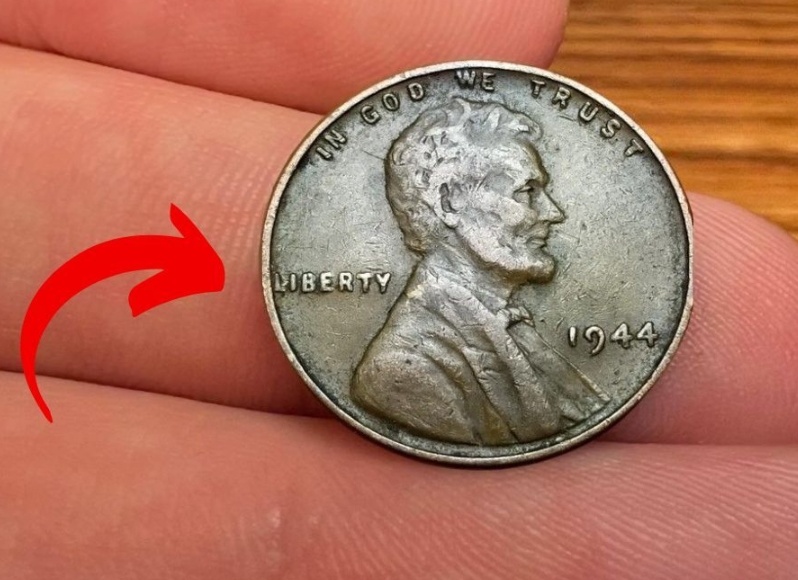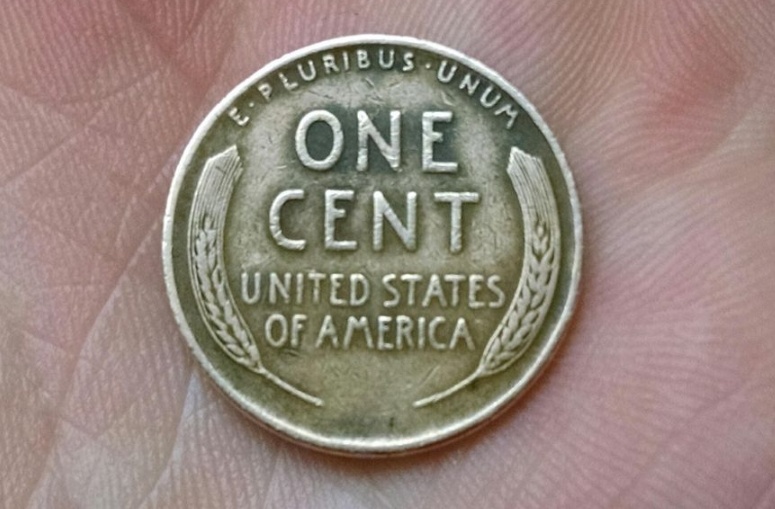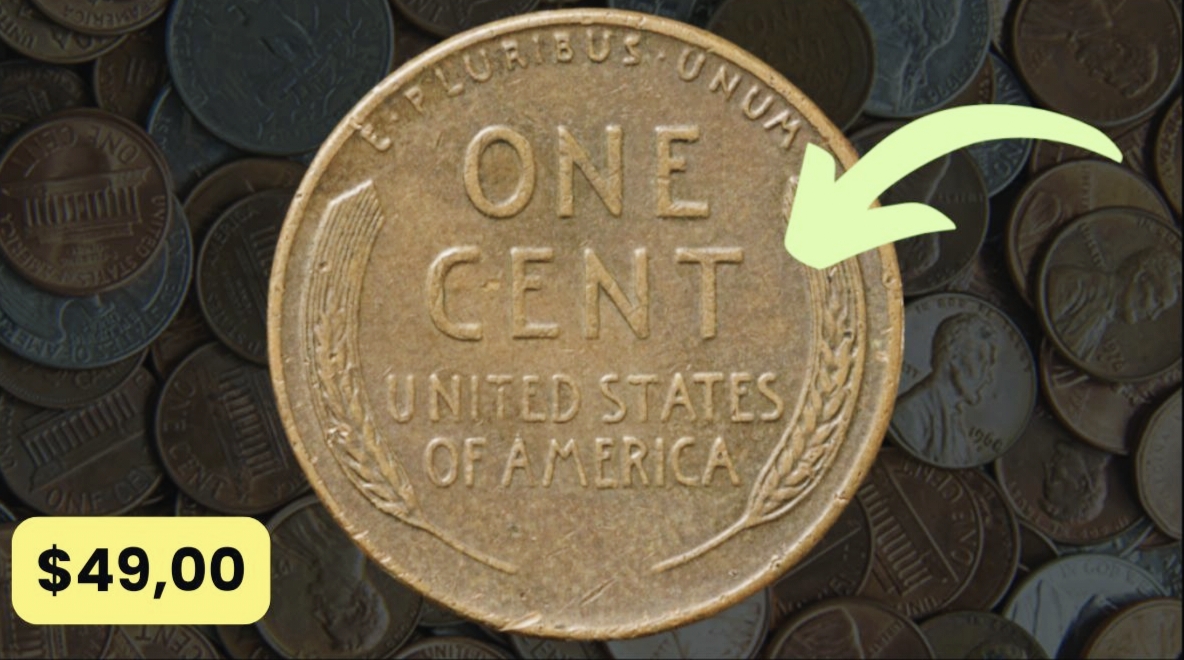The Lincoln Wheat Penny Valued at $6 Million: Still in Circulation?
Have you ever checked your pocket change and wondered if you’re holding a fortune? I have. Every now and then, I sift through my coins, half-hoping to find something extraordinary. That’s when I stumbled across the legend of the Lincoln Wheat Penny—a coin that could be worth up to $6 million. Yes, you read that right. A penny! But is this treasure still hiding in circulation? Let’s dive into the story of this iconic coin, its jaw-dropping value, and whether you might find one in your change.
What Is the Lincoln Wheat Penny?
The Lincoln Wheat Penny, minted from 1909 to 1958, is one of America’s most beloved coins. Designed by Victor David Brenner, it was the first U.S. coin to feature a president’s portrait—Abraham Lincoln. The reverse shows two wheat stalks, giving it the “Wheat Penny” nickname. Over its 50-year run, billions were produced, but a few rare varieties have become numismatic gold.
Most Wheat Pennies are worth a few cents, but specific errors and varieties—like the 1943 Bronze Penny—can fetch millions. These rarities make collectors and everyday folks alike dream of striking it rich.
Why Is the 1943 Bronze Penny So Valuable?
In 1943, during World War II, the U.S. Mint switched to zinc-coated steel for pennies to save copper for the war effort. However, a tiny number of pennies were mistakenly struck in bronze. Fewer than 20 are known to exist, making them incredibly rare.
According to the Professional Coin Grading Service (PCGS), a 1943 Bronze Lincoln Penny in top condition sold for $1.7 million in 2010. Adjusted for inflation and market trends, experts estimate a pristine example could now fetch up to $6 million at auction. That’s a penny you don’t want to toss into a vending machine!
Is the $6 Million Penny Still in Circulation?
Here’s the million-dollar question: Could one of these pennies still be out there? The short answer is yes, it’s possible, but it’s like finding a needle in a haystack. Most known 1943 Bronze Pennies are in private collections or museums, but numismatists believe a few may remain undiscovered.
Consider this: In 1947, a teenager found a 1943 Bronze Penny in his change at a cafeteria. That coin, now called the “Don Lutes Jr. Specimen,” sold for $2.3 million in 2019. Stories like this fuel the hope that another could surface. After all, billions of pennies are still in circulation, and not everyone checks their change closely.
Real-Life Treasure Hunts
Let me share a story that hits close to home. My uncle, a casual coin collector, once found a 1969-S Doubled Die Penny in a roll from the bank. It wasn’t worth millions, but it fetched $500 at auction—a nice payday for a 50-cent roll! Stories like his make me wonder how many valuable coins are hiding in plain sight.
Another famous find happened in 1982, when a collector discovered a 1943 Bronze Penny in a batch of coins from his local bank. That coin later sold for over $200,000. These real-life examples show that rare coins can still turn up, especially if you know what to look for.
What Makes a Penny Worth Millions?
Not every Wheat Penny is a jackpot. Here’s what drives their value:
- Rarity: Coins like the 1943 Bronze Penny are scarce, with only a handful known.
- Condition: Coins in mint condition (graded MS-60 or higher by PCGS or NGC) command top prices.
- Historical Significance: Errors from wartime production add intrigue and value.
- Demand: Collectors and investors drive prices at auctions.
Expert numismatist David Hall from PCGS notes, “The 1943 Bronze Penny is the holy grail of U.S. coins. Its rarity and story make it a collector’s dream.” This insight underscores why these pennies are so prized.
Other Valuable Wheat Pennies to Watch For
Besides the 1943 Bronze, other Wheat Pennies can be valuable:
- 1909-S VDB: The first Wheat Penny, with the designer’s initials, can be worth $1,000–$100,000.
- 1914-D: Low mintage makes this coin worth $500–$10,000.
- 1922 No D: A minting error, valued at $1,000–$50,000.
Check your coins! Even less valuable Wheat Pennies can sell for $5–$50 in good condition.
How to Spot a Valuable Wheat Penny
Ready to hunt for treasure? Here’s how to check your pennies:
- Look at the Date: Focus on 1943 pennies or other key dates (1909-S, 1914-D, 1922).
- Check the Material: A 1943 penny should be steel, not bronze. Use a magnet—if it doesn’t stick, you might have a winner.
- Inspect for Errors: Look for doubled dates (e.g., 1969-S) or missing mint marks.
- Get It Graded: Contact PCGS or NGC for professional grading if you suspect a rare coin.
Pro tip: Carry a small magnifying glass when coin hunting. It’s a game-changer for spotting details!
Table: Comparing Valuable Lincoln Wheat Pennies
| Year | Variety | Estimated Value | Rarity |
|---|---|---|---|
| 1943 | Bronze | $1M–$6M | Extremely Rare |
| 1909-S | VDB | $1,000–$100,000 | Rare |
| 1914-D | Standard | $500–$10,000 | Scarce |
| 1922 | No D | $1,000–$50,000 | Very Rare |
FAQ: Lincoln Wheat Penny Questions
What makes the 1943 Bronze Penny so rare?
The 1943 Bronze Penny is rare because it was mistakenly minted in bronze instead of steel during WWII, with fewer than 20 known examples.
Can I find a valuable penny in circulation?
Yes, it’s possible but unlikely. Rare pennies like the 1943 Bronze have been found in change, so check your coins carefully.
How do I know if my penny is valuable?
Check the date, material, and mint mark. For a 1943 penny, use a magnet to test if it’s bronze (non-magnetic). Consult a professional grader for confirmation.
Where can I sell a rare penny?
Sell through reputable auction houses like Heritage Auctions or contact dealers certified by PCGS or NGC.
Final Thoughts
The Lincoln Wheat Penny is more than a coin—it’s a piece of history with the potential to change your life. While the odds of finding a $6 million penny are slim, the thrill of the hunt is irresistible. Next time you’re at the bank, grab a roll of pennies and take a closer look. You never know what treasure might be waiting.
Got a coin story to share? Drop it in the comments—I’d love to hear about your finds!

